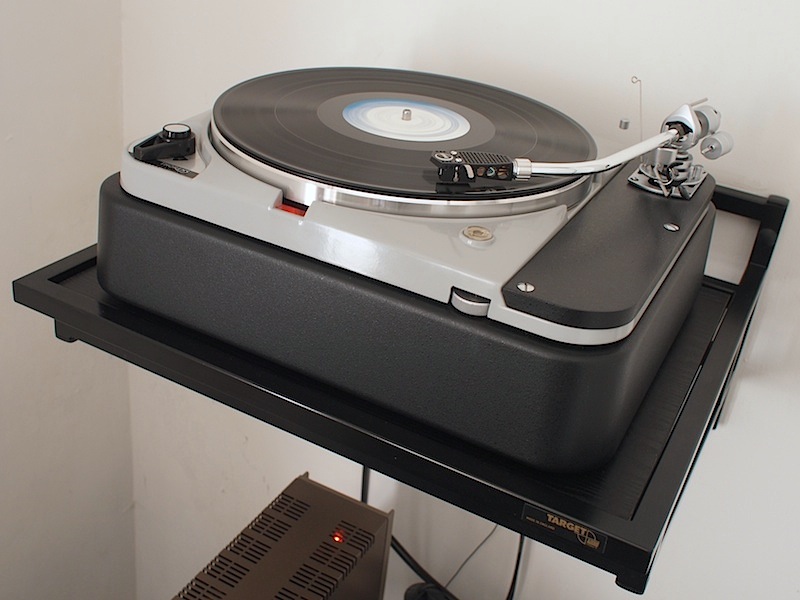sonddek
Trade: SUPATRAC
Success!

Looks like very competent workmanship to me.
I'm building a plinth out of ply.
I've opened cleaned and oiled the bearing of one of the decks, cleaned up the idler wheel and pulleys, cleaned everywhere and it appears to be working beautifully. Can't wait to get it in a plinth, get a 2009 mounted and hear it at last.

Looks like very competent workmanship to me.
I'm building a plinth out of ply.
I've opened cleaned and oiled the bearing of one of the decks, cleaned up the idler wheel and pulleys, cleaned everywhere and it appears to be working beautifully. Can't wait to get it in a plinth, get a 2009 mounted and hear it at last.








